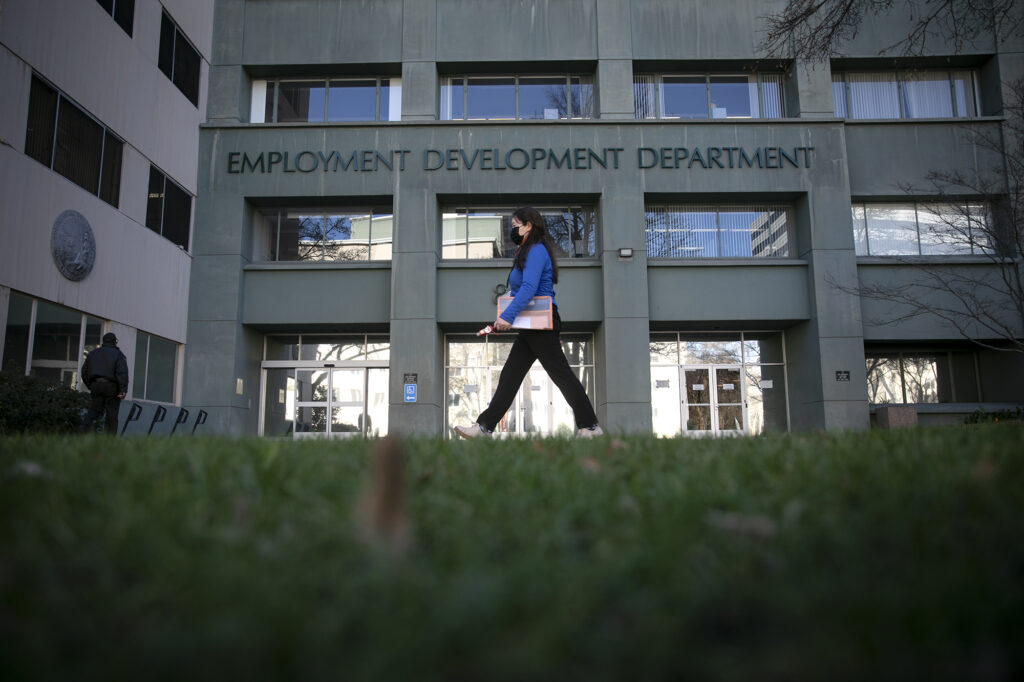By Alexei Koseff, CalMatters
This story was originally published by CalMatters. Sign up for their newsletters.
Lea esta historia en Español
Executive Order Mandating In-Person Work
Governor Gavin Newsom has signed an executive order requiring all state agencies and departments that currently offer remote work to mandate a minimum of four in-person workdays per week, effective July 1. Exceptions to this rule will be considered on a case-by-case basis, introducing a significant policy change in California’s public sector.
Benefits of In-Person Collaboration
In a statement, Newsom emphasized the importance of in-person work, asserting that it enhances collaboration, innovation, and accountability. “In-person work makes us all stronger — period,” he stated. The governor believes this shift will result in better services and solutions for Californians while still offering some flexibility to employees.
Tension with Labor Unions
The new order is expected to escalate tensions between Governor Newsom and labor unions representing public employees, who have been resistant to previous attempts to limit telework options. Currently, approximately 95,000 employees are working remotely or in a hybrid capacity.
Previous Calls to Return to Office
Last April, Newsom initiated a requirement for state workers to return to the office at least two days a week, citing improved efficiency, mentorship, and supervision benefits. His latest order highlights concerns that the advantages of in-person work have diminished due to misaligned work schedules.
Concerns Over Legal Challenges
Legal challenges surrounding remote work mandates are ongoing and are likely to persist following this latest executive order. A recent arbitration decision involving the union for state attorneys (CASE) has strengthened California’s right to compel in-person attendance, although further appeals and cases are in progress.
Voices from Union Leadership
Timothy O’Connor, president of CASE, has criticized the mandate, arguing that it overlooks the productivity and well-being benefits of remote work. He called the order a sudden and misguided decree, asserting that it fails to recognize the advantages associated with telework.
Fairness in the Workforce
Despite the pushback, Governor Newsom has framed the order as a matter of fairness, pointing out that over half of the state’s workforce, which consists of more than 224,000 employees, continued to report to work in person throughout the pandemic. This includes roles in law enforcement, health care, highway maintenance, and janitorial services.
Hiring Initiatives for Former Federal Employees
In addition to the in-person work requirements, Newsom’s order includes measures to simplify the hiring process for former federal employees in critical areas such as firefighting, weather forecasting, forest management, mental health, and scientific research, amid mass firings occurring in the federal workforce.
This article was originally published on CalMatters and was republished under the Creative Commons Attribution-NonCommercial-NoDerivatives license.
California Governor Mandates In-Person Work for State Agencies
By Alexei Koseff, CalMatters

California Governor Gavin Newsom has officially signed an executive order requiring state agencies to implement a minimum of four in-person workdays per week starting July 1. This decision comes as the state looks to enhance productivity and collaboration among its workforce.
Focus on Collaboration and Accountability
In a statement, Newsom emphasized the importance of in-person work in fostering collaboration and innovation. “In-person work makes us all stronger—period,” he stated. This mandate aims to improve service delivery and accountability, while still allowing for a degree of flexibility.
Tensions with Labor Unions
The new order is likely to create friction between Newsom and labor unions that advocate for remote work options. Approximately 95,000 employees currently work remotely or under a hybrid model, raising concerns about potential pushback as unions oppose limitations on telecommuting.
Previous Work Policies
Last April, Newsom had initiated a policy that required employees to return to the office for at least two days per week, citing benefits like improved mentorship and oversight. However, the latest directive indicates that misaligned schedules among employees have hampered these advantages.
Legal Challenges Ahead
The mandate is expected to face legal scrutiny as ongoing legal challenges regarding return-to-office directives continue. An arbitration decision from last year supported the state’s authority to enforce in-person work, but union opposition remains strong, with several appeals in process.
State Workforce Fairness
In defense of the order, Newsom framed it as an issue of fairness. Over half of California’s public workforce has continued to show up for work in person throughout the COVID-19 pandemic, a commitment that the governor believes should be recognized across the board.
Hiring Initiatives for Key Roles
The executive order also includes provisions aimed at expediting the hiring of former federal employees for critical roles such as firefighting, scientific research, and mental health services, addressing ongoing workforce shortages in essential sectors.
This initiative signifies a substantial shift in California’s workforce policies. With discussions around remote work continuing to evolve, the implications of Newsom’s executive order will undoubtedly resonate throughout the public sector in the months to come.


